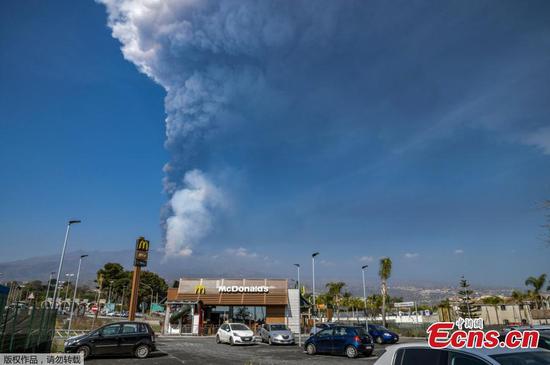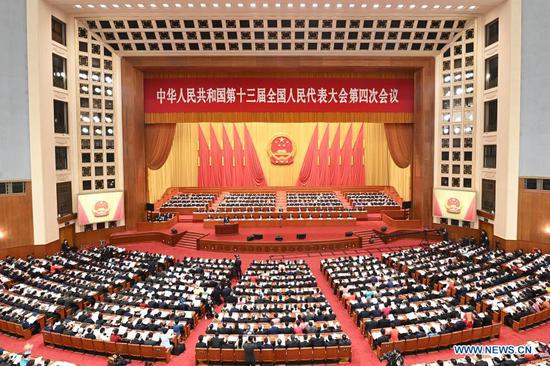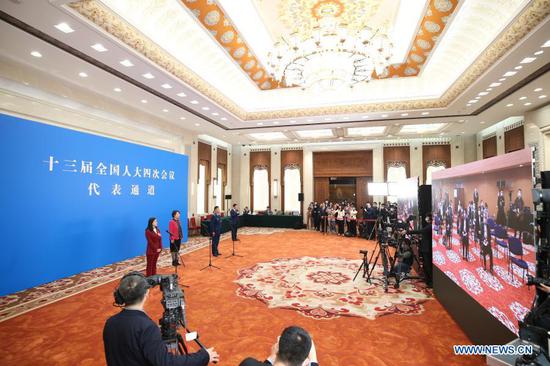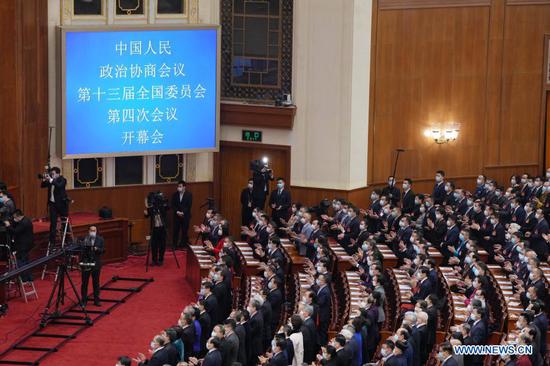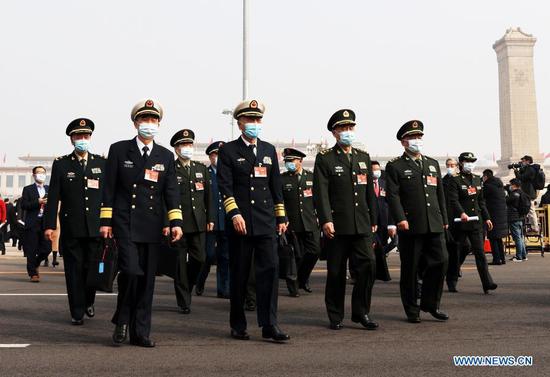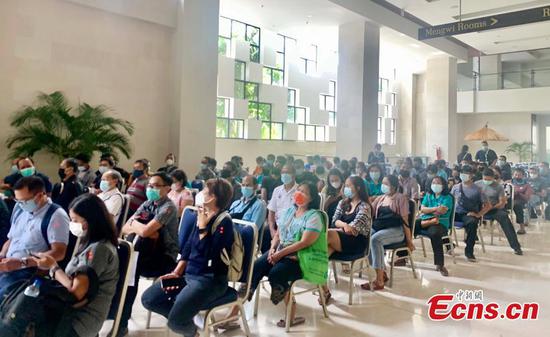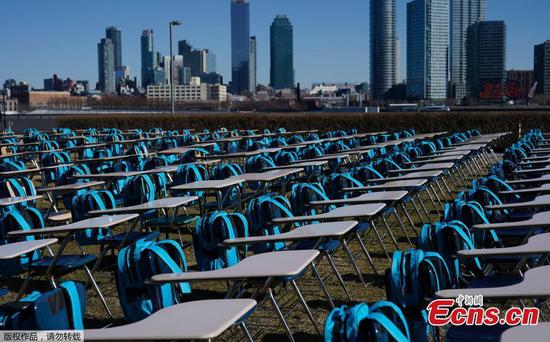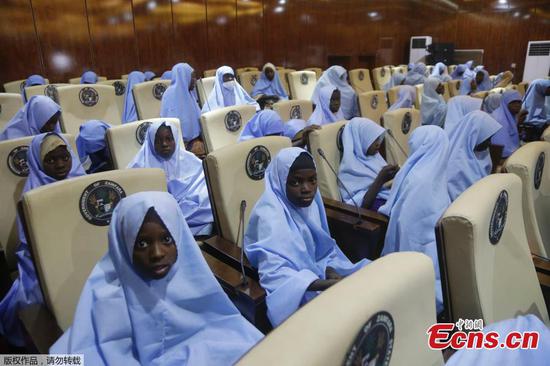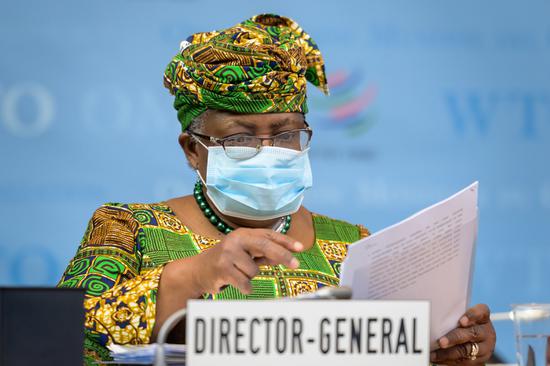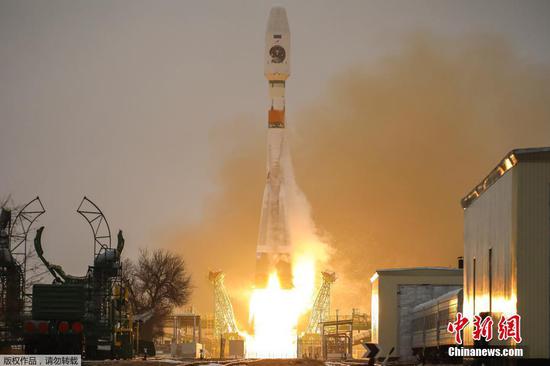
File photo shows a wind power plant in Zhangjiakou, north China's Hebei Province. [Photo/Xinhua]
The energy efficiency and carbon intensity targets set by China reaffirm the country's strong green commitment and indicate the affirmative steps taken to achieve carbon neutrality within the stipulated time, experts said.
China plans to reduce energy consumption per unit of GDP by 13.5 percent and carbon dioxide emissions per unit of GDP by 18 percent during the 14th Five-Year Plan (2021-25) period, Premier Li Keqiang said on Friday in the Government Work Report submitted at the fourth session of the 13th National People's Congress.
"We will ensure that China meets the targets for its intended nationally determined contributions (post-2020 climate actions) in response to climate change by 2030. We will expedite the transition of China's growth model to one of green development, and promote both high-quality economic growth and high-standard environmental protection," the premier said.
The country will draw up an action plan for peaking carbon emissions by 2030. "As a member of the global village, China will continue to take concrete steps to play its part in the global response to climate change," he said.
Despite development risks and challenges, the country expects to see a drop of around 3 percent in energy consumption per unit of GDP this year, as well as a continued reduction in the discharge of major pollutants, he said.
China had earlier said it would reduce energy consumption per unit of GDP and carbon intensity by 15 percent and 18 percent, respectively, from 2015 to 2020.
Yao Tandong, a national political adviser and noted glaciologist, said the energy efficiency and carbon intensity targets for the 14th Five-Year Plan period are "reasonable".
"The targets can not only help China realize its target of peaking carbon dioxide emissions but have also taken into account the country's development," said Yao, who is also an academician with the Chinese Academy of Sciences.
12Next >>|

Aerial photo taken on July 9, 2020 shows water gushing out from the Lijiaxia Hydropower Station in Northwest China's Qinghai province. [Photo/Xinhua]
Yao said he expects China to further accelerate clean energy efforts after hitting the peak emissions target in 2030, so as to achieve carbon neutrality before 2060.
Wang Yi, a member of the NPC Standing Committee and the NPC Environmental Protection and Resources Conservation Committee, said he believes the new five-year targets are based on comprehensive consideration with "the COVID-19 pandemic and changes at home and abroad" as major concerns.
Instead of paying close attention to specific indicators or annual targets, it is more important to look into China's low-carbon transition roadmap and how the country combines the short-term and long-term goals during the transition, he said.
"Bringing into reality a transformation in development mode and structure is of utmost importance," he said, citing a series of sectors that need structural changes, such as energy, industry, transportation and consumption.
He said the transformation and reforms cannot go without legislation and long-term mechanisms, which include laws, regulations, institutional system as well as standard systems on carbon neutrality and wide-ranging green transition.
"Many of the relevant documents, policies and planning are being hammered out, though a carbon trading market has just opened for business," he said. "They all need to be adjusted for improvement in practices.
"You can count on China to keep its promise, though we still need to forge ahead," he said.
The premier's work report also included a series of policy tools to enhance the country's climate actions.
The country will expand the catalog of corporate income tax credits for environmental protection, accelerate the development of national markets for trading energy use rights and carbon emissions rights, improve the system to control both the total amount and intensity of energy consumption, introduce special policies on providing financial support for green and low-carbon development.
Dimitri de Boer, chief representative for China at ClientEarth, an environmental law charity, said the targets appear consistent with the pledge to peak carbon emissions before 2030, but this depends on GDP growth.
"No GDP growth target was set for 2025, so the emissions target for 2025 is not immediately clear," he said. "Assuming an average 5 percent GDP growth over the whole 2021 to 2025 period, the 18 percent emissions intensity reduction target gives us 0.9 percent growth per year in carbon emissions."
He said that is consistent with the views of He Jiankun, vice-chairman of the National Committee of Experts on Climate Change, that "reaching a peaking plateau by around 2025, and entering a steady decline in emissions before 2030".
"There was tremendous applause when Premier Li Keqiang said that China will act strongly on climate change, which suggests that there is consensus on the need to act. What matters now is whether we see a quick transition to clean energy," he said.
|<









